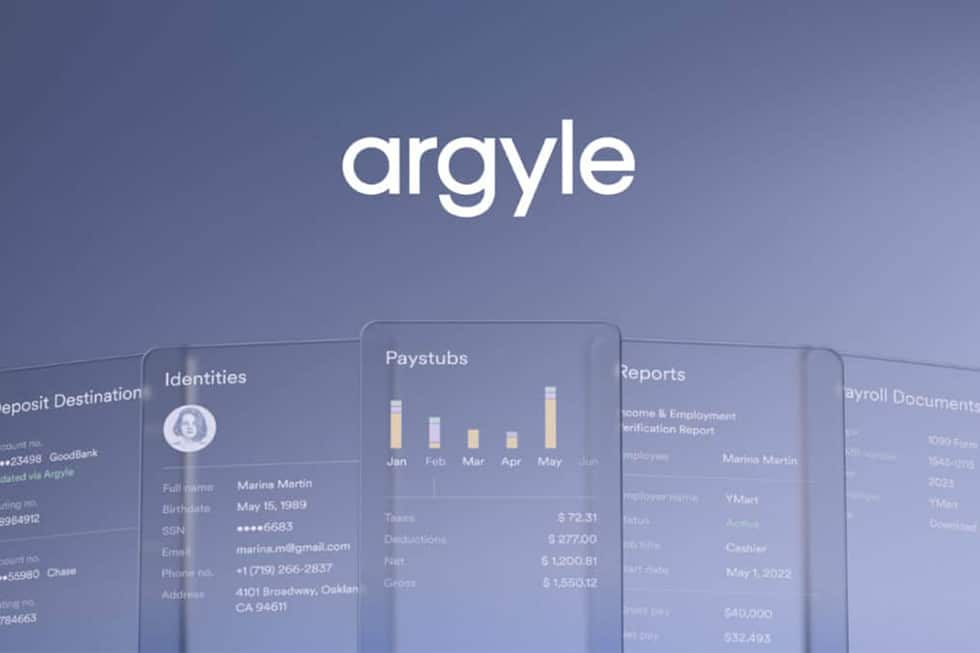When companies change leadership they come to a crossroads with public perception, and communicating the leadership change effectively is essential to help ensure that the organization remains stable, there is employee retention and good morale, and stakeholders feel comfortable with the transition.
Employees, investors, and the public might be resistant to leadership changes which can impact your company’s completion of new strategies and initiatives. Distributing clear and transparent communications can help address any concerns they might have and quell any rumors that might develop into a crisis communications situation.
Identifying the Reason
A leadership change does not always have to have a negative connotation to it. Sometimes a change in leadership is needed to bring in a new vision, foster innovation, or drive cultural change. If there have been performance issues, new leadership can also help the company get back on track to meet its targets and goals. Fresh leadership could also help repair the company’s image in the eyes of the investors and the public if there has been damage to the company’s reputation.
You must identify the reasons behind the change to your stakeholders and what it means for the company and employees. Offering clarity behind the decision and the overall direction of the company will help them get on board with the transition so that they can support it effectively.
In March, Boeing announced that their CEO, Larry Kellner would be stepping down at the end of this year. This comes on the heels of some very concerning safety incidents regarding their Boeing 737 Max aircraft. We can assume the CEO’s poor performance which led to major brand reputation issues for this company is the reason for this change. However, this is barely touched upon in the formal announcement. Boeing could have developed stronger communications by addressing the root cause – and outlining the next steps they would take to tackle their safety issues.
Communication Strategies
Providing transparent and timely communication to employees and stakeholders as soon as possible will help avoid confusion and any rumors spreading. You’ll also want to ensure that they are consistently informed of any developments about the transition along the way. Use different communication channels such as emails, meetings, and company newsletters to make sure that the information reaches everyone. It’s also important to make sure that communications are consistent across all channels to ensure that there is no confusion.
Encourage an open-door policy with your employees where they are free to ask any questions they might have and share concerns. To address any negative feedback you may also want to set up Q&As or in-person meetings with your stakeholders. If there is any resistance, it is always better to address it head-on rather than trying to sweep it under the rug.
Change with Empathy
Think of offering your employees training and support to adjust to any new changes in the organization. Avoid any confusion by making sure to clarify any new roles and expectations. During a change in leadership, other key executives can lead by example by maintaining a positive attitude and being adaptable to new changes. Support the new leadership and reiterate your dedication to the company and its goals.
Overall, when there is a change in leadership at a company – clear and empathetic communication is going to be key. Identify the reason for the change and be quick and transparent when addressing any concerns from your employees, investors, and the public. Make sure your team feels supported throughout the transition, and lead by example by maintaining a positive attitude.





